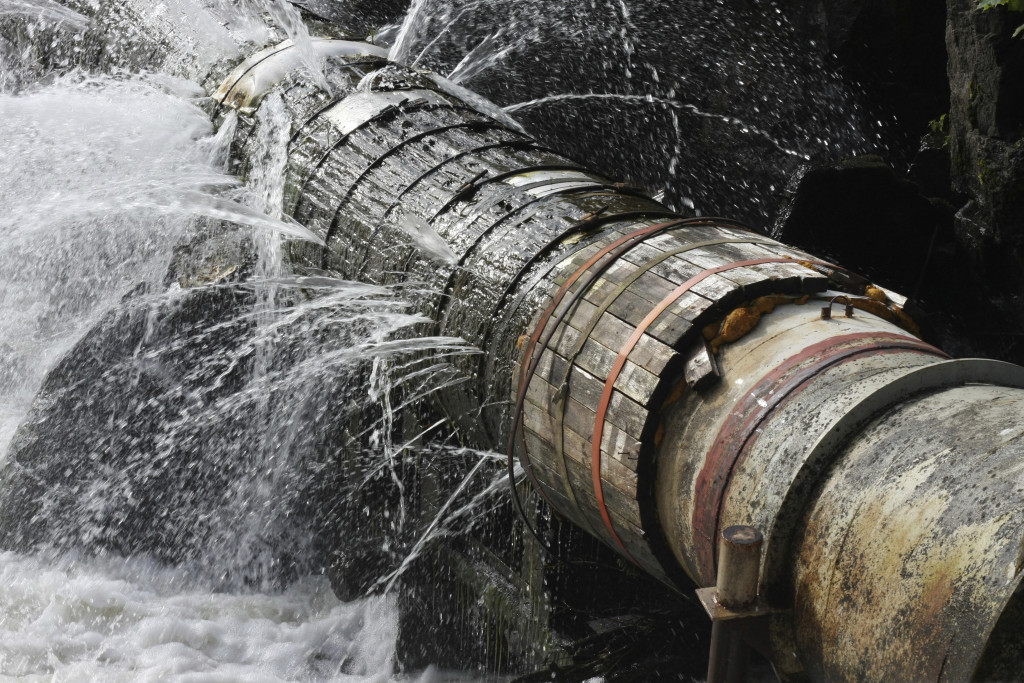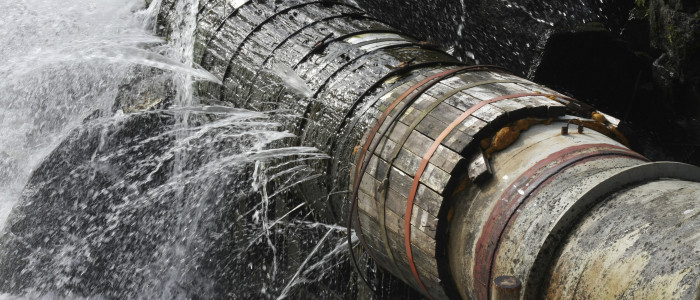Confusing condition with criticality is an easy and common mistake – we speak of things being in critical condition all the time, meaning doing poorly. Some people and processes use the word critical to refer to the condition of an asset or the likelihood of an imminent failure. This leads to some misunderstanding of the nature of something being critical.
When discussing criticality and criticality analysis in the context of a facility, we are talking about discovering the relative importance of systems and assets to the overall mission and objectives: What systems and assets are essential for this facility to meet its mission objectives?
The condition of an asset does not correlate with its criticality to the function or mission of the system. To be sure, the condition of an asset affects the likelihood of its failure, but it does not change its importance to your operation.
 For example, the pipe in this picture is clearly in poor condition. We don’t need to conduct any tests or assessments to know that it is failing. Some people might describe this pipe as in “critical” condition.
For example, the pipe in this picture is clearly in poor condition. We don’t need to conduct any tests or assessments to know that it is failing. Some people might describe this pipe as in “critical” condition.
However, nothing about this picture tells us anything about the criticality of this pipe. We have to understand the purpose of this pipe and where it fits in the system it belongs to in order to evaluate its criticality. Is it the last section of pipe feeding a lagoon? Then it would be unlikely that this was a critical pipe.
But what if it was the only pipe delivering water to a hospital? In that case it would be a highly critical asset.
Criticality analysis is different from condition assessment. However, criticality analysis combined with condition assessment and management is essential for directing work planning and execution.
Don’t get distracted by the condition of assets that are not critical to your operation.


Comments are closed.